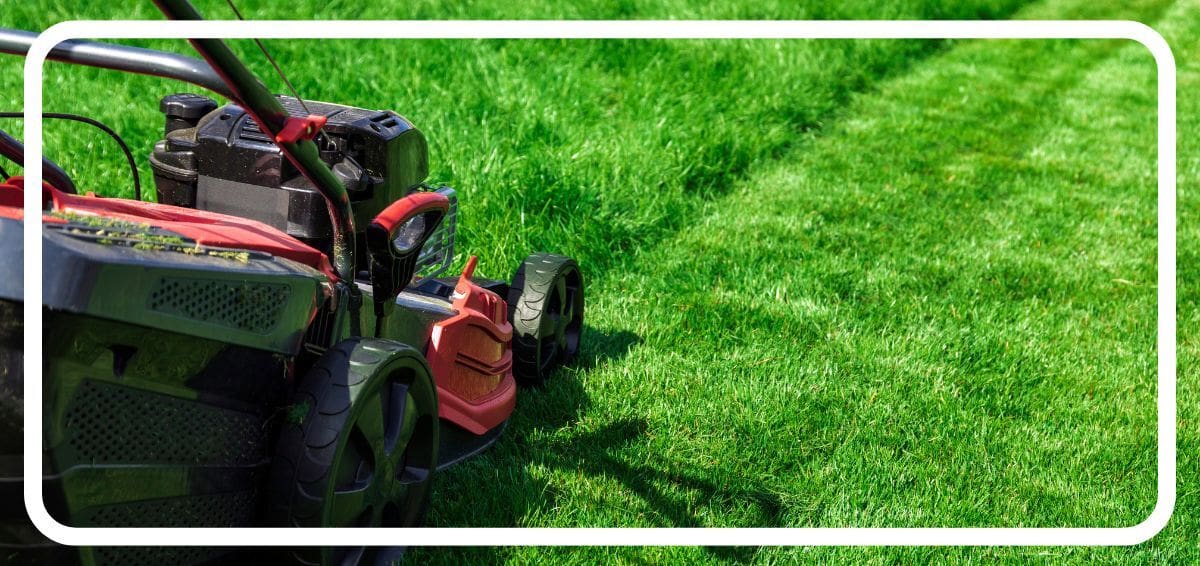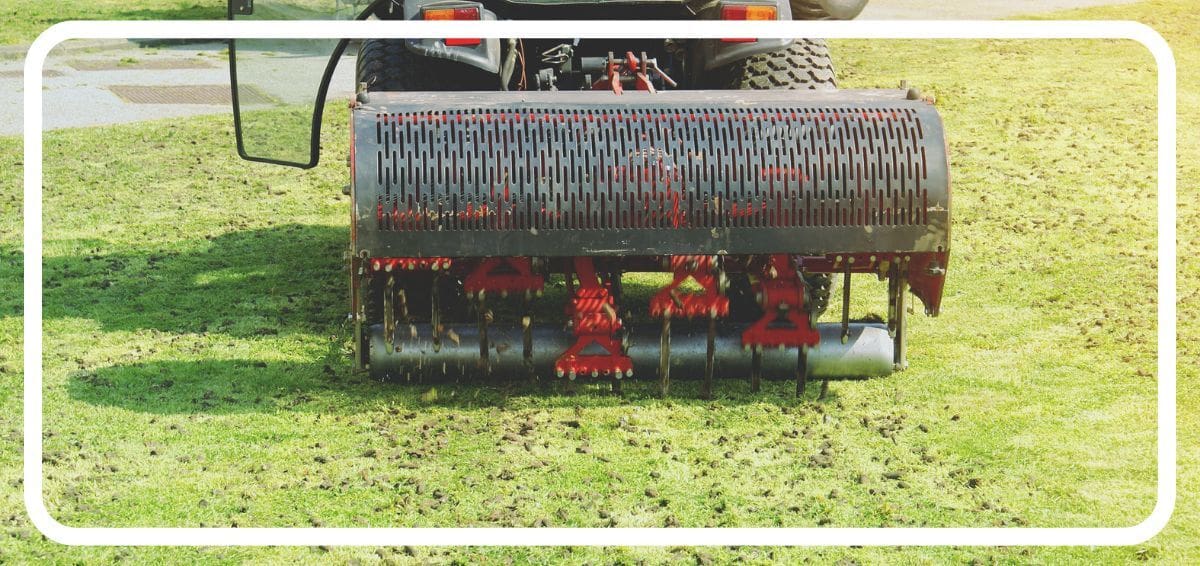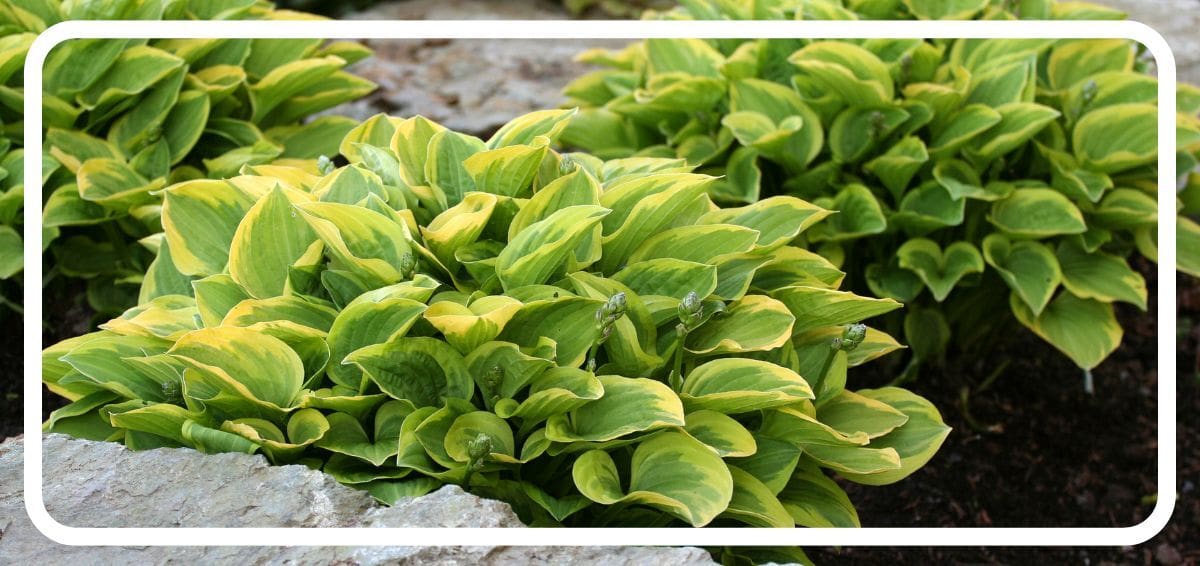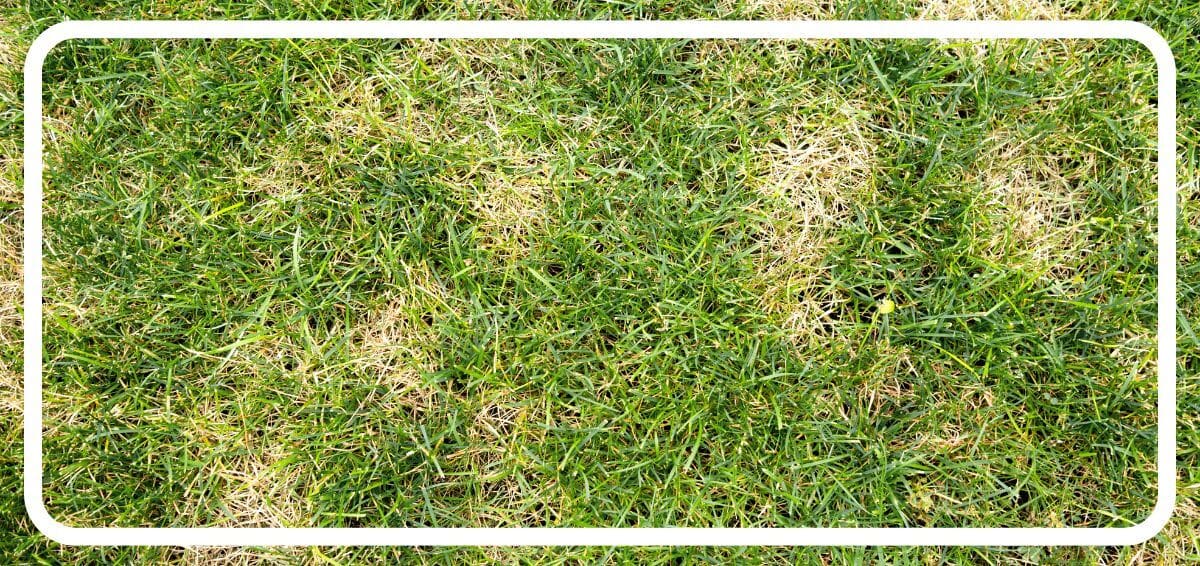Summer heat waves can be tough on lawns, especially here in Northeast Ohio, where hot, dry spells can stress your grass and turn your yard brown and patchy. A heat-stressed lawn not only looks unattractive but also becomes more vulnerable to pests, disease, and long-term soil damage.
If you’re wondering how to keep your lawn green in hot weather, you’re not alone. Many homeowners struggle with maintaining a lush, healthy lawn during these conditions. In this post, we’ll share practical, easy-to-follow lawn care tips for watering during heat waves, mowing techniques, soil care, and more to help your lawn stay green and healthy all summer long.

Whether you’re a seasoned gardener or just want to keep your yard looking its best, these tips will help protect your lawn from heat stress and keep it thriving until cooler weather returns.
1. Water Deeply and Early in the Morning
One of the most important steps for a heat-stressed lawn is proper watering. During a heat wave, aim to water your lawn deeply but infrequently. During extreme heat, your lawn may require more water than usual to stay hydrated. This encourages grass roots to grow deeper into the soil, making your lawn more drought-resistant. Try to provide about 1 to 1.5 inches of water per week, combining rainfall and irrigation.
The ideal time to water is early in the morning, ideally between 2 a.m. and 10 a.m. Watering during this time reduces evaporation, allowing water to soak deeply into the soil. Avoid watering in the middle of the day when the sun is strongest, as much of the water will evaporate before it reaches the roots. Also, avoid watering at night to reduce the risk of fungal diseases.
Pro Tip from Lifestyle Landscaping: If you notice water pooling or running off, try water cycling: water until runoff begins, pause for about 30 minutes to let it soak in, then water again. This maximizes absorption and prevents waste.
2. Raise Your Mowing Height
How you mow your lawn during a heat wave can make a big difference. When the weather is hot and the grass is dry, raise your mower blade to keep grass blades longer. Ideally, cool-season grasses common in Northeast Ohio should be about 3 to 4 inches high during a heat wave. Allowing for taller grass shades the soil and grass crowns, reduces water evaporation, helps roots grow deeper, and suppresses weed germination. Keep in mind that mowing height recommendations may vary depending on your grass type, so adjust accordingly for warm-season or cool-season varieties.
Avoid mowing when your lawn is heat-stressed or partially dormant, as mowing adds stress and can cause further damage. If growth has slowed or stopped, it’s best to pause mowing until recovery begins. When mowing, never cut more than one-third of the grass blade at a time to avoid weakening it.

Also, keep mower blades sharp to ensure a clean cut, which helps grass heal faster and reduces moisture loss. Dull blades can tear the grass, causing ragged edges and making the lawn more susceptible to stress and damage.
Consider letting clippings lie on the lawn (grasscycling) to act as natural mulch, helping return nutrients to the soil, retaining moisture, and cooling the soil.
3. Minimize Foot Traffic and Soil Compaction
Walking on a heat-stressed lawn can cause damage because the grass is already weakened, and the soil may be dry and compacted. Avoid heavy foot traffic and remove lawn furniture or equipment that could compact the soil.
Compacted soil restricts the flow of air, water, and nutrients to the roots, making it harder for your lawn to recover. If you notice hard, dry patches, consider aerating in the fall when the weather cools to relieve compaction and improve soil health.
4. Aerate Your Lawn to Improve Soil Health
Aeration involves creating small holes in the soil to relieve compaction and allow air, water, and nutrients to reach the grass roots more effectively. This helps roots grow stronger and deeper, improving your lawn’s ability to withstand heat and drought.
The best time to aerate in Northeast Ohio is late summer through early fall (August to October). The cooler temperatures and increased rainfall during this time support your lawn’s recovery. Spring aeration is also helpful. After aerating, water your lawn well and consider overseeding bare or thin spots to promote new growth.


5. Avoid Fertilizing During a Heat Wave
Fertilizing a heat-stressed lawn can do more harm than good. When grass is dormant or under heat and drought stress, it won’t absorb nutrients properly, leading to wasted fertilizer and potential environmental harm.
If you must fertilize, water the soil thoroughly before and after application to help nutrients penetrate. Use fertilizers with lower nitrogen content during hot weather, and save heavier feeding for the fall when your lawn is actively growing again.
6. Repair Damaged Areas with Overseeding or Sod

Heat waves can leave behind brown or dead patches. For areas with at least 50% live grass, overseeding can help fill in thin spots. Prepare by mowing shorter and loosening the soil to improve seed-to-soil contact.
For large dead patches, you may need to remove dead turf and reseed or install new sod. Aeration combined with overseeding is often the most effective way to rejuvenate damaged areas.

7. Practice Patience and Prevent Further Stress
Lawns are resilient and often bounce back once cooler, wetter weather returns in the fall. Patience is key during a heat wave. However, lawns may require extra attention during drought conditions to prevent stress and damage. Watch for early signs of stress, like wilting or a bluish-gray hue, so you can take action before major damage occurs.
Consider planting drought-tolerant grass varieties suited to Northeast Ohio’s climate, such as Tall Fescue. You can also reduce soil temperatures and conserve moisture by strategically planting trees or shrubs to provide shade.
Taking proper precautions, such as regular weed control and monitoring for weeds, helps maintain lawn health. Controlling weeds early can prevent them from spreading and competing with your grass for water and nutrients. Maintaining good lawn care habits year-round builds a strong, healthy lawn that can better handle heat stress, pests, and disease.
Need Help with a Heat-Stressed Lawn?
Schedule a Lawn Health Check with Lifestyle Landscaping!
We’ll assess the condition of your lawn, recommend the best treatment plan, and even help you reseed or replace damaged areas.
Call us today or visit our website to book your consultation. Don’t wait until fall. Get ahead of lawn stress now!
Final Thoughts
Keeping your lawn green during a heat wave takes a combination of smart watering, mowing, soil care, and patience. By watering deeply and early, raising mowing height, minimizing foot traffic, aerating soil, and avoiding fertilizer during stress, you can help your lawn survive and even thrive through the hottest months.
If your lawn is struggling and you want expert help to restore its health and beauty, reach out to the professionals at Lifestyle Landscaping. Our team understands Northeast Ohio lawns and can provide the care your yard needs to stay healthy and green.
Contact Lifestyle Landscaping today to schedule a consultation and keep your lawn looking its best, even in the late summer heat!
